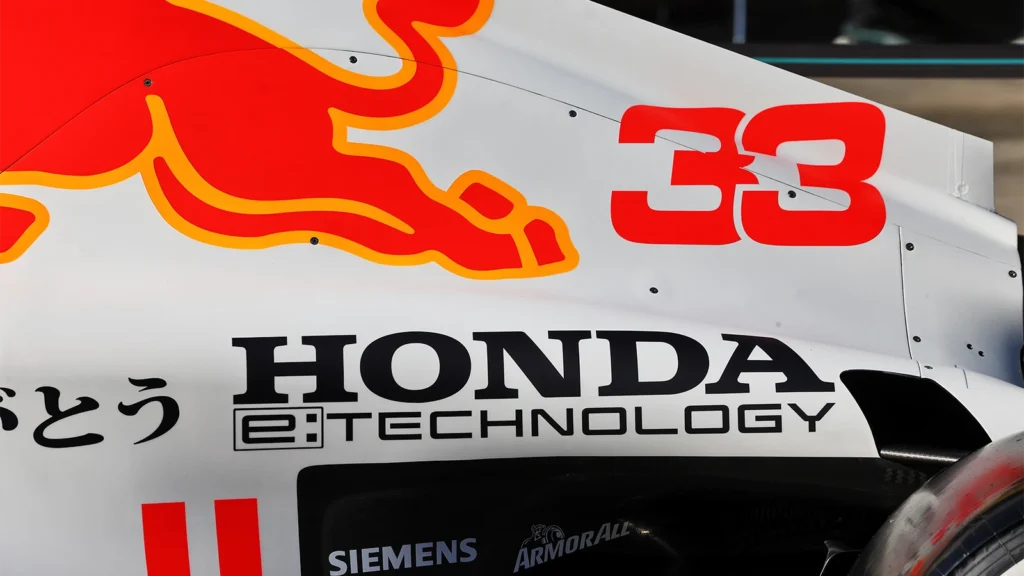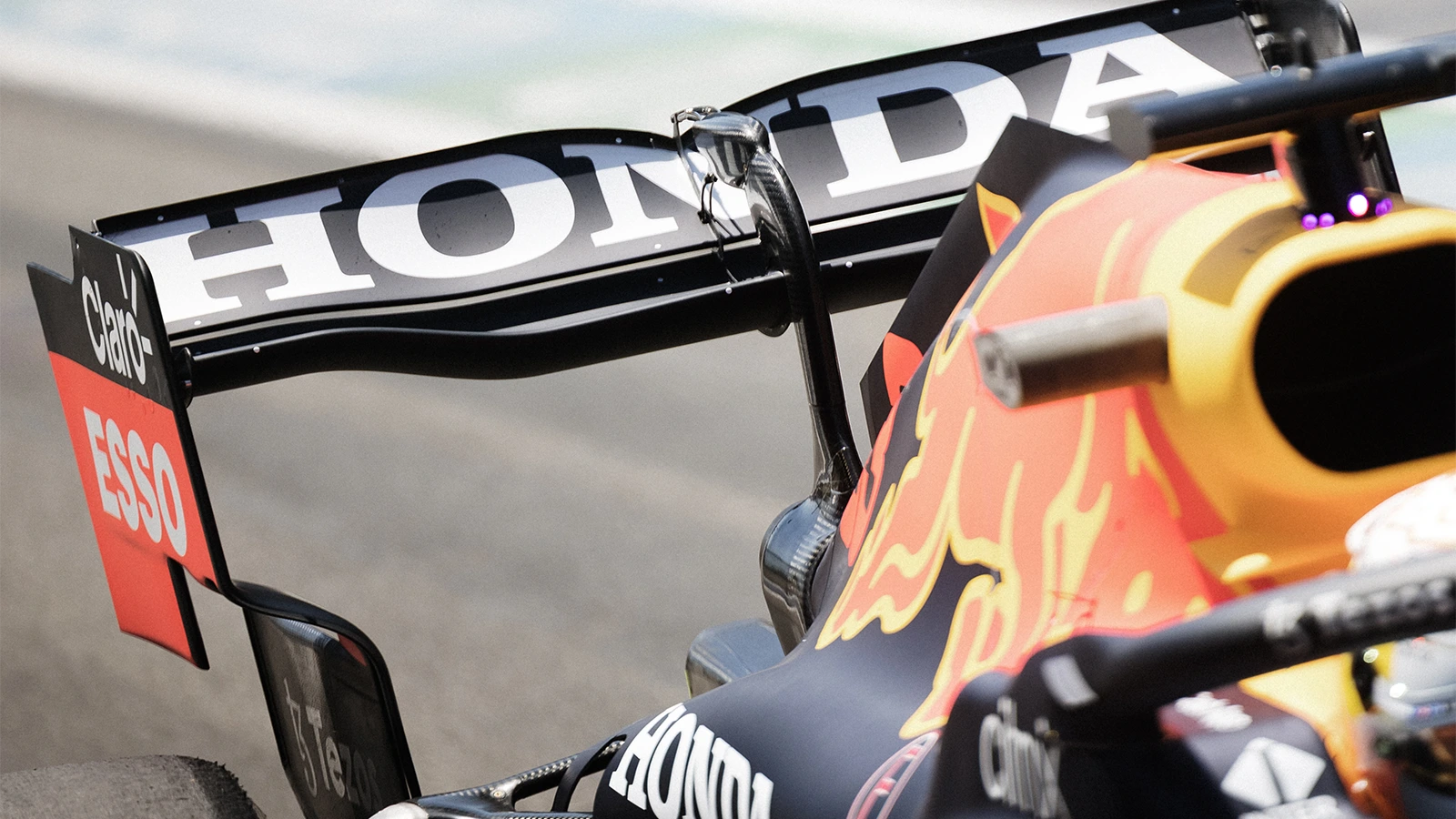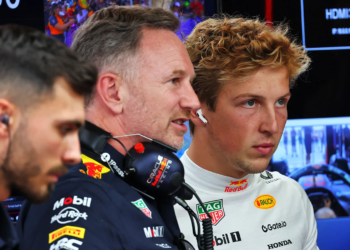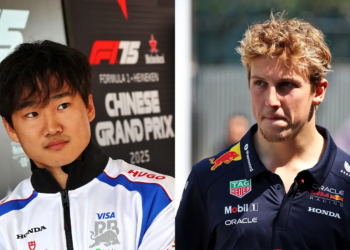Honda Racing Corporation President Koji Watanabe has revealed the Japanese marque felt it had “no room to work together” with Red Bull on its new Formula 1 power unit venture.
Honda began powering the Toro Rosso (now Racing Bulls) in 2018 before adding Red Bull to its slate a year later.
By 2021, that yielded a Drivers’ Championship with Max Verstappen, just as the Japanese marque chose to step back from F1 and hand over operations to Red Bull.
Red Bull later chose to set-up its powertrains division to build a bespoke F1 power unit for its two squads in time for the 2026 rule changes.
The Milton Keynes-based squad eventually partnered with Ford for the venture, after talks with Porsche fell through thanks to the German marque wanting to big of a Red Bull slice.
Honda also held talks about renewing its partnership with Red Bull, with a proposal that Honda develop the electrical component of the hybrid power unit.
Watanabe revealed that the plan didn’t make sense for Honda, which chose to go down the route of signing a deal with Aston Martin in 2023 to become its works engine partner starting from next season.
“When we withdrew from Formula 1, Red Bull decided to establish its own power unit company,” Watanabe told Motorsport.com.
“That is why there was basically no room to work together.
“During our regular conversations, we discussed the option of Red Bull doing the internal combustion engine themselves and us doing the electrical parts.
“But that wouldn’t have been easy at all if they only made the ICE and we did the electrical parts, so in the end we found out that it was impossible to collaborate under these conditions.”

Why Honda never really stepped away from F1
Despite officially pulling out of the Red Bull project at the end of 2021, Honda never really stepped away from the sport.
Since then, the Japanese marque has continued to operate Red Bull’s power unit incognito, offering technical support.
“We announced [we were] stopping our Formula 1 activities, but after discussions with Red Bull they wanted us to continue the activities,” explained Watanabe.
“That’s why we became a kind of technical support since then. In fact, we still operate everything on the power unit side.”
Still, Honda’s partnership with Aston Martin for 2026 and beyond represents a full-scale F1 comeback.
This is in tandem with new regulations, which will see the introduction of sustainable fuels and increased electrification.
These elements were key in bringing Honda back into the F1 fold, aligning with its racing and automotive aspirations.
“From Honda’s point of view, the new F1 regulations for 2026, with the combustion engine being 50 per cent and the electrical parts being 50 per cent, are very attractive to both Honda and Honda Racing,” said Watanabe.
“The direction with the carbon-neutral fuel is very good for us as well, so that is basically why we decided to officially return to Formula 1.”
Thus far, Watanabe has admitted that Honda is finding development of Aston Martin’s 2026 power unit “very difficult”.
“Everything is new. The motor is a new 355-kW, very compact one we need,” Watanabe told PlanetF1.
“Also the lightweight battery, it’s not so easy to develop. And also the small engine with the big power.
“Everything is very difficult, but we try our best.”
READ MORE – Christian Horner responds to Honda concern over 2026 F1 engine development









